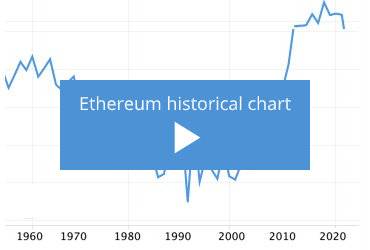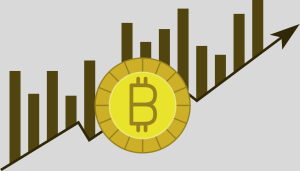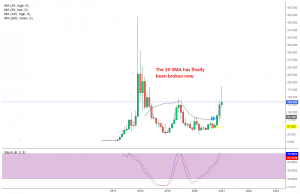Cryptocurrency guides
Feel like you lack some basic information? Need more tools to add to your trading toolkit? We invite you to read our educational in-to-depth guides on crypto trading.
Cryptocurrency Wallets
Moving money is becoming cheaper and easier, especially in this era of cryptographic digital currencies, plainly called cryptocurrencies... Full Article
Cryptocurrency Exchange
The cryptocurrency market is booming and so are cryptocurrency exchanges. Most exchanges perform the important task of converting fiat Full Article
Best Cryptocurrencies to Invest
Cryptocurrencies began with Bitcoin a decade ago, but in recent years this market has taken everything by storm. Who would have imagined 5 . Full Article
Cryptocurrency Charts
Cryptocurrency Strategies
Our trading analysts are happy to share their trading strategies, tips and knowledge based on their experience in crypto trading. Most of the strategies we write about are focused on technical analysis and popular indicators, such Bollinger Bands, Moving Averages, Parabolic SAR, and more.
Moving Average Convergence Divergence (MACD)
The moving average convergence divergence (MACD, pronounced “Mac-D”) is a momentum-based indicator that illustrates the correlation betw... Full Article
Cryptocurrency Trading: Price Action
Cryptocurrencies - who would have thought that this strange asset class would attract so much attention and such a massive amount of inve... Full Article
Cryptocurrency Trading: Buy-and-Hold
No other asset class has seen the magnificent gains which were recently seen in cryptocurrencies. Bitcoin, the most prominent cryptocurr... Full Article


















